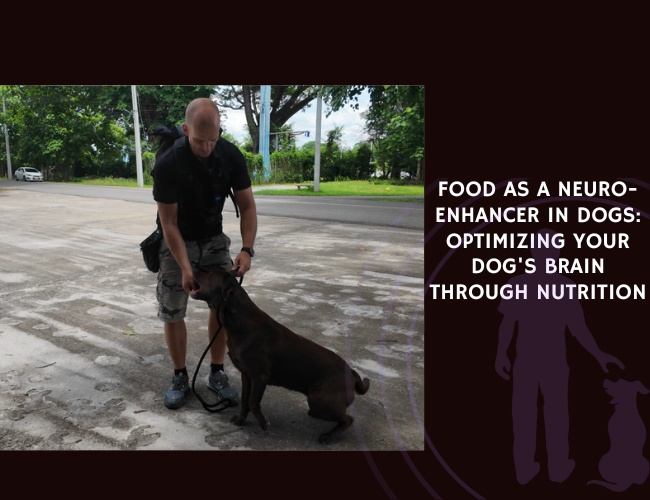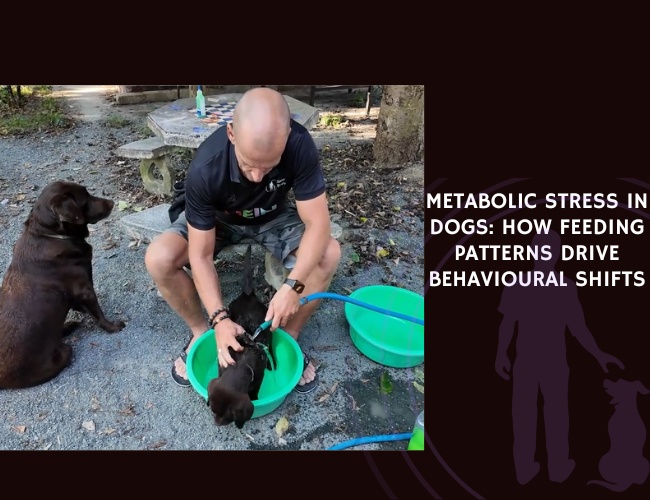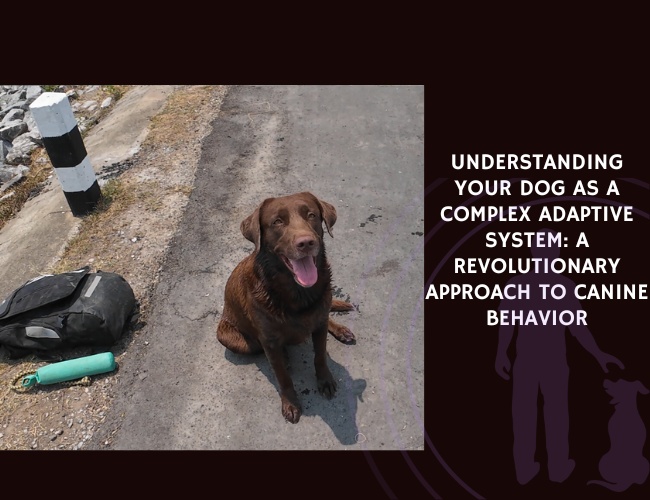Published in Animals, the study by Carroll, Cisneros, Porter, Moody, and Stellato investigates dog owner attitudes toward 13 common veterinary handling methods under three canine emotional states: calm, fearful, and aggressive. Conducted via an online survey, the research involved 1,176 dog owners and examined how owner demographics and attachment levels influenced their preferences.
Overall, owners showed a strong preference for less restrictive techniques—like minimal restraint—and disapproval of more forceful methods such as full body restraint, muzzle holds, and dog masks, regardless of the dog’s emotional state.
However, the study revealed subtle influences of prior veterinary experience, gender, and attachment level on preferences:
- Veterinary-experienced owners and male participants were more accepting of full body restraint for fearful dogs.
- Owners with stronger pet attachment favored minimal restraint, especially with fearful dogs.
- Small dog owners with higher attachment scores were significantly more likely to prefer gentler techniques.
The findings are important for veterinarians aiming to adopt Fear Free or low-stress handling protocols. The study encourages clinics to consider owner perspectives to improve both dog welfare and client satisfaction—key components in maintaining consistent veterinary care and preventing treatment avoidance due to fear.
By aligning handling practices with owner preferences, veterinary teams may improve communication, reduce canine stress, and foster stronger bonds between clinics and pet families.
Source: Carroll, A. D., Cisneros, A., Porter, H., Moody, C., & Stellato, A. (2022). Dog Owner Perceptions of Veterinary Handling Techniques. Animals, 12. https://doi.org/10.3390/ani12111466
Ask ChatGPT









